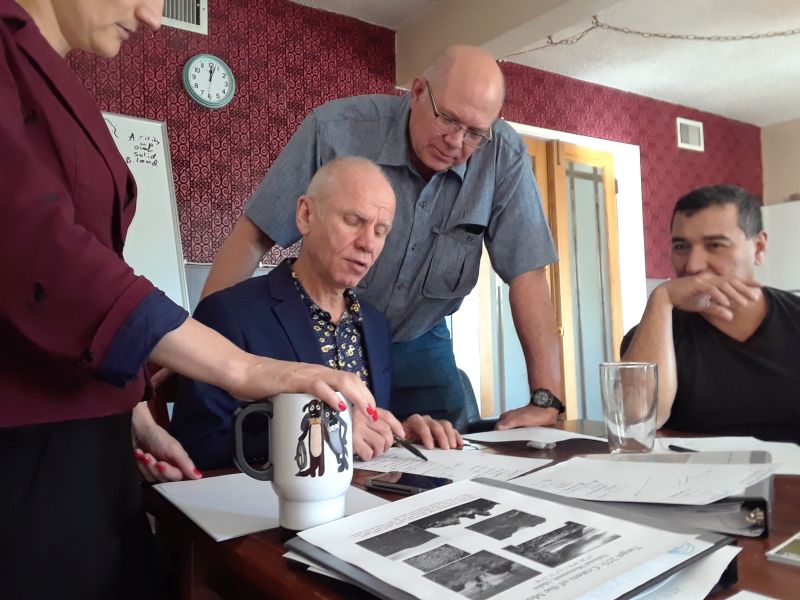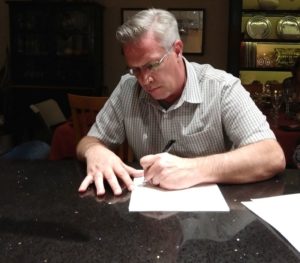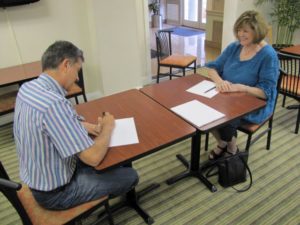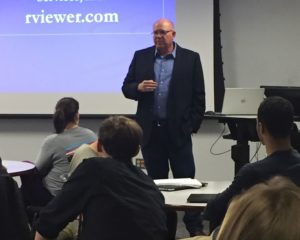
You’ve learned remote viewing. Now you’re asking yourself, what do I do with it?
What you “do” with it is called “operational” remote viewing. Operational remote viewing means using remote viewing for practical purposes.
As I discuss in Chapter 5 in my book The Essential Guide to Remote Viewing (that’s the “Putting Remote Viewing to Work” chapter) using remote viewing operationally involves such things as finding missing people, helping to solve crimes (I call this “forensic” remote viewing), business intelligence, investing, archaeological exploration, and so on.
If you’ve decided to put your remote viewing skills to work, then it’s time to learn the ins and outs of operational remote viewing.
The Operational Remote Viewing Cycle
This course will teach you every step of the operational remote viewing cycle:
- Project evaluation and construction
- Tasking
- Viewing
- Analysis and tasking refinement
- Re-viewing
- Final analysis
- Reporting

Some of the things you will learn: The proper way to task operational remote viewing sessions; enhancing your viewing to better meet project requirements; the basic elements of remote viewing analysis; using analysis to guide subsequent re-viewing of target elements; reporting RV project results effectively; proper interaction and relations with clients; and much more.
Emphasis will be on the viewing aspect of the cycle. But experience shows that, to be the very best operational viewer you can be, it is essential to have a fundamental grasp of and experience in every facet of the process. Students further benefit in this broad-based instruction by being prepared to serve in any of the roles required of the operations process, to include running their own operational remote viewing projects.
Course Format
Based on the same format as our highly-popular “Messages From Your Mind” associative remote viewing course, the Operational Remote Viewing Course provides each participant with instruction and hands-on experience in every aspect of the operational remote viewing cycle.
The course consists of the following elements:
Lectures: Clear, easily-understood visually- and verbally-presented instruction on each task and duty required for operational remote viewing. Chief Instructor Paul H. Smith, PhD presents all lectures. Paul will make sure all your topic-related questions are answered before going on to new material. No student will be left behind!
Practical Exercises: As with all our courses, what you have learned will immediately be reinforced with hands-on practical exercises which allow you to master the skills you have just learned before putting them to practice in a real-world scenario.
Simulated operational remote viewing projects: You will participate in “simulated” remote viewing operational projects. But don’t worry about the word “simulated.” These projects are only simulated in the sense that the ground truth and outcome of the problem-set is already known. Otherwise they will be identical to other real-world operations in substance and subject matter. This will allow you and your fellow students to get full feedback on how well you performed and learn how to do things better next time.
Real-world operational remote viewing project: We will perform at least one real-world operational remote viewing project. This project will involve real questions to be answered about a real situation. We will provide our results to a real-world end user who may be helped to solve his/her/their problem by the data we provide. This project will be drawn from a pool that includes the various types of possible operational taskings. (Obviously immediate, final feedback will not be available to course attendees; but any feedback later received will be conveyed to those participating in the project.)
Additional Information

Those who take the course receive an advanced-reading packet to prepare for the course, all necessary course materials plus informational hand-outs, and an official certificate upon course completion.
Course length: The course runs for four full days, with some completion work on the morning of Day 5. You should plan to arrive the day prior to the start of the course and arrange your departure for no earlier than the afternoon on the course completion day.
Tuition: $1,000 (Payment information provided upon registration.)
Lodging: Details will be provided after registration. Students are responsible for their own lodging, but are encouraged to stay at the course venue hotel. We make every effort to find you the most economical, yet comfortable venue we can.
Prerequisite for Course Attendance.
This course requires that you already have training and experience to at least an intermediate level from any credible remote viewing school or training program. You do not need to be a controlled remote viewing student of RVIS, Inc. to take this course, nor trained in any other CRV style or school. Equivalent-level backgrounds in Technical Remote Viewing, Scientific Remote Viewing, or similar are acceptable. But you do have to have attained a reasonably advanced level of experience or training in some type of remote viewing. If you are unsure whether you meet the requirements, check with the course instructor to verify you meet the minimum requirements for taking this course before you sign up. (To inquire, email Paul at OpsRV@rviewer.com with “Ops RV Course” in the subject line, or call toll-free (866) 229-7847 during normal business hours in Mountain Time.)
Instructor Qualifications:

While many of you who read this are already familiar with my background, I don’t like to assume that everyone knows who I am or why I am qualified to teach this course.
My qualifications come from years of training, academic study, and relevant experience both inside and outside the remote viewing field. During my seven years in the Star Gate Program I performed in every aspect of the operational remote viewing process–copiously as an operational remote viewer, but also extensively as a trainer, project manager, tasker, monitor, and analyst of operational remote viewing work under various circumstances and environments.
In the civilian world after my military retirement, my team and I conducted numerous operational projects as part of my business, in response to requests and contracts with industry, law enforcement and even for additional military work. I have also provided remote viewing session work and consulted for other operational remote viewing practitioners and businesses and clients, sharing my expertise to enhance the field in general.
Operational remote viewing in the civilian world shares many of the same needs, skills and similar tasks with the intelligence world that gave birth to modern remote viewing. In that respect, I’m a trained intelligence professional. Besides receiving the usual intelligence collection and analysis training from the Army, I earned a Master of Science degree in Strategic Intelligence from what is now the National Intelligence University. My studies included post-graduate-level course work in intelligence collection, analysis, and indications and warning, among others. I also studied human perception and the neuroscience of learning in my PhD program at the University of Texas at Austin. All of these skills and this training is directly relevant to the Operational Remote Viewing Course subject matter. I look forward to passing on my knowledge and experience to all who attend.
NOTE: Registration is now live for this course. Click here to register, Or call (866) 229-7847